本文由Gregory Orekhov授权mooool发表,欢迎转发,禁止以mooool编辑版本转载。
Thank Gregory Orekhov for authorizing the publication of the project on mooool, Text description provided by Gregory Orekhov.
Gregory Orekhov:在莫斯科的马列维奇公园(Malevich Park),艺术家格雷戈里·奥列霍夫(Gregory Orekhov)的重新诠释了他的新作品“黑色方块(Black Square)”。
Gregory Orekhov:Gregory Orekhov reinterprets the “Black Square” in his new work for Malevich Park located in the Moscow region.
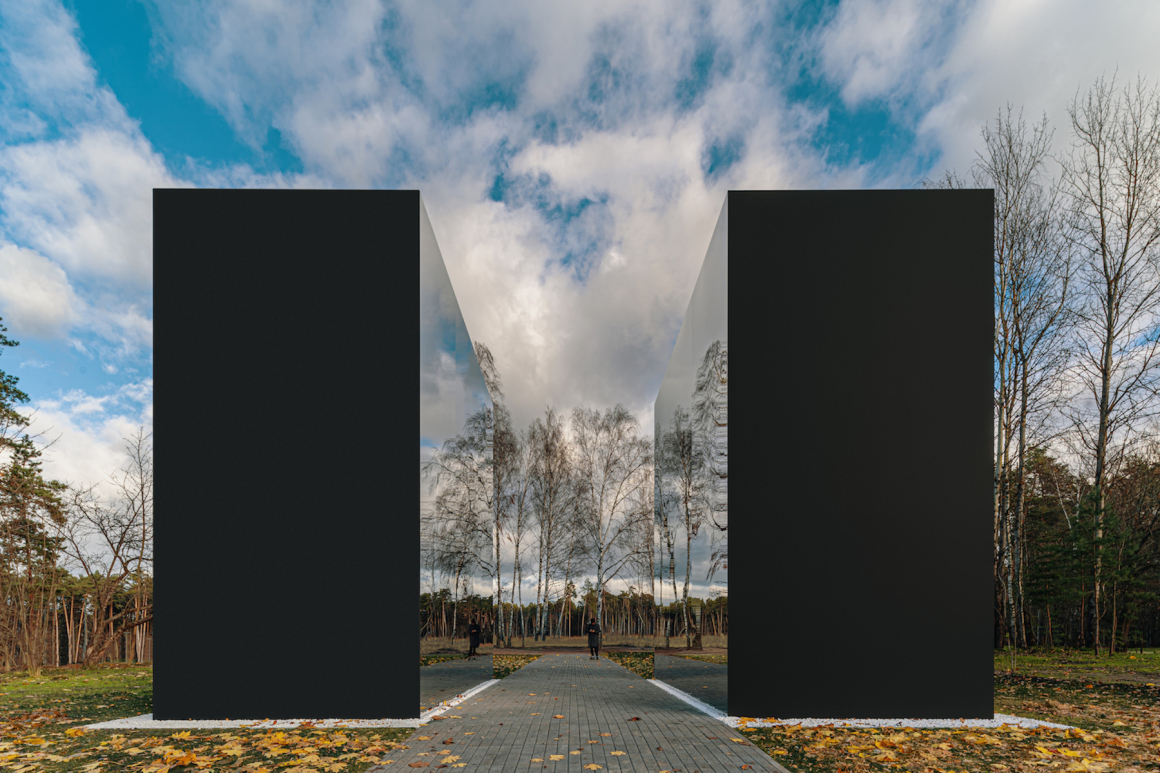
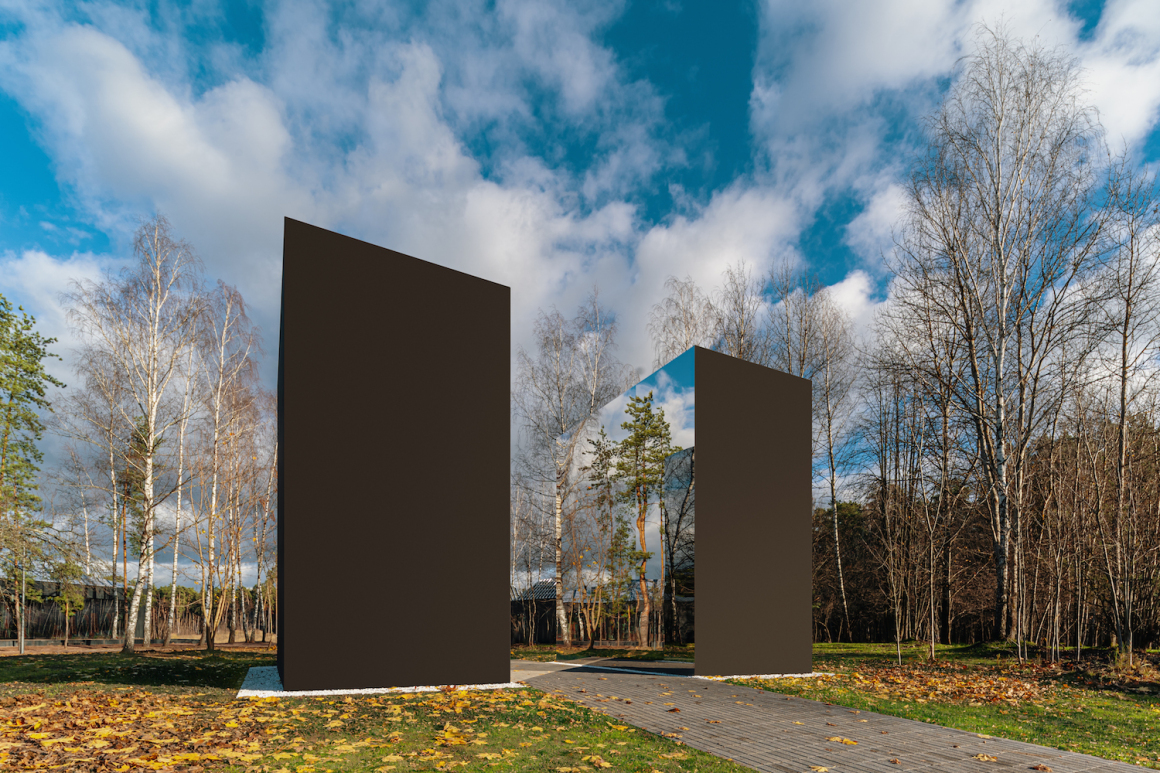
公园位于莫斯科,靠近Barvikha和Nemchninovka的居民区,以卡齐米尔·马列维奇(Kazimir Malevich)的名字命名,向公众开放。这里是奥列霍夫最喜欢的度假胜地,美丽的乡村风光带给他很多灵感,开启了他艺术生涯的新篇章。 公园的主要元素之一是他的雕塑作品,与公园“ Malevich”同名,这个作品是从马列维奇的二维形式到奥列霍夫的三维形式的过渡。
Located in the Moscow region, near the settlements of Barvikha and Nemchninovka, a park named after Kazimir Malevich has opened its doors to the public. These countryside landscapes were not only the artist’s favourite vacation spots but also served as inspiration for his later acquired figurative style, which marked the beginning of a new chapter in his art. One of the key elements of the park is a site-specific sculptural work of the same name “Malevich,” created by Gregory Orekhov. The spatial development of the “Black Square” lies within the structure: the transition from Malevich’s two-dimensional form to the three-dimensional form of Orekhov.

奥列霍夫的“黑色方块”是为纪念卡齐米尔·马列维奇(Kazimir Malevich)而创作的一个大型纪念碑,是当代俄罗斯雕塑的独特典范。奥列霍夫考虑了雕塑的体量,有意保留了它在自然景观中的“非自然性”。正因为这种“非自然性”,才使得这个雕塑如此突出。奥列霍夫总是能将艺术品与环境相融合,将参观者置于艺术作品的空间中。
Orekhov’s “Black Square” is the first large-scale monument created in memory of Kazimir Malevich, and a unique example of a contemporary Russian sculpture. Orekhov considered the sculpture’s captured volume and intentionally pre-served its “unnaturalness” against the backdrop of the park, which is the most important characteristic of the object. Orekhov masterfully integrates the work of art within the built environment, all the while connecting the viewer to the architectural space of the landscape.
“黑色方块”实质上是两块抛光不锈钢制成的大镜子,它们被面对面放置,组成了通往公园的通道。当人们进入“黑色方块”中,就会发现自己在一个十字路口,一条路通往公园,一条路通往无限空间,仿佛置身于不变的现实和万变的想象的交叉点。
Divided into two parts, Orekhov’s “Black Square” acts as a passageway into the park. The object itself is quite utilitarian in its nature. According to the artist’s idea, once we enter the “square”, we find ourselves at a crossroad — to either enter the park or enter infinity, a crossing between what occurs in real-life and hundreds of its unfulfilled variations.

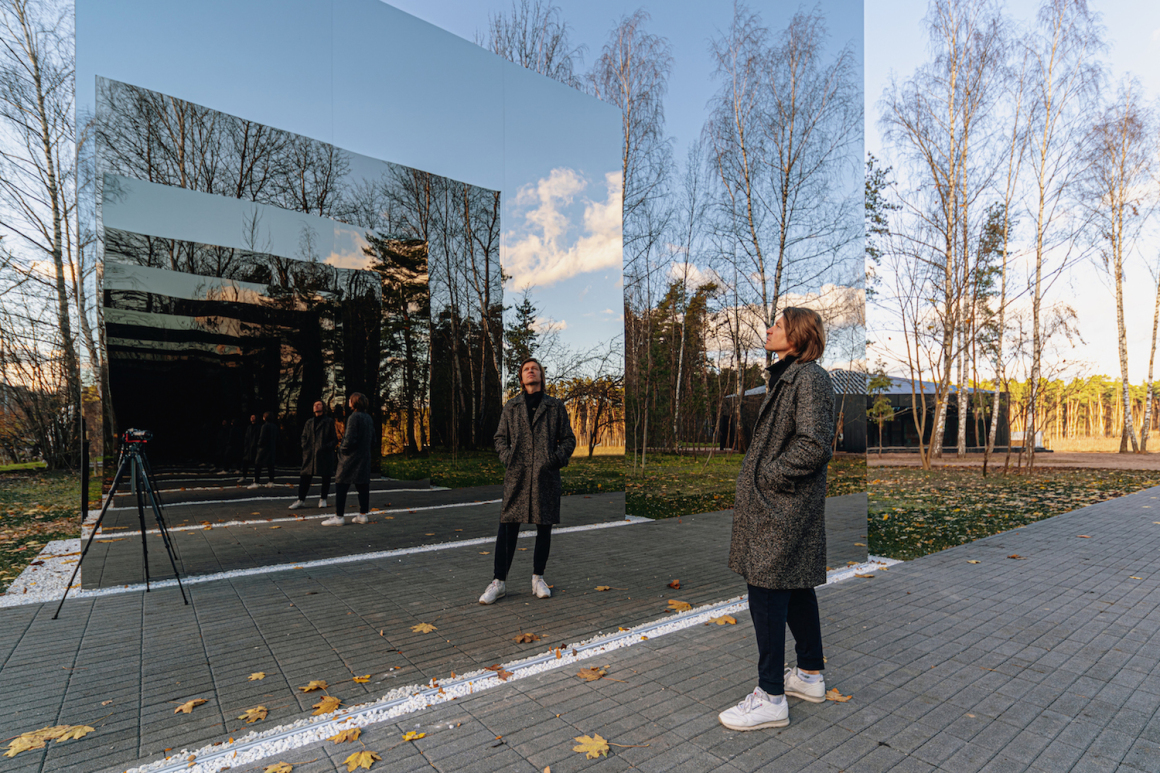

在俄罗斯,没有类似的抛光不锈钢板材料,所以艺术家选择在自己的工作室进行制作,而且采用了最高水平的加工工艺才得以实现。抛光打磨的不仅是材料,还是历史,是其自身,是为了回归自然本我。
此作品的灵感来源于20世纪初期前卫派最著名的文化哲学思想。千禧年一代认为工业生产对传统生活方式的入侵是对人与自然界和谐统一的破坏。世界越来越不稳定,对自然的模仿也早已失去了价值,技术的进步不仅剥夺了艺术对真理的主张,还改变了艺术家定义创造力的方式:艺术并不是对世界的反映,而是对世界的改变。此后,雕塑和绘画的表现被认为是“真实”的东西,而不是理想空间中存在的真实事物的复制品。
参观者进入这个艺术作品就会陷入无尽的反射走廊,静态作品与动态人物之间的互动才是真正的有趣之处。策展人兼艺术评论家米哈伊尔·西德林(Mikhail Sidlin)写道:“雕塑中是一个不同的宇宙,一个多维的空间。格雷戈里·奥列霍夫(Gregory Orekhov)也许是唯一一个真正创作后极简主义作品的俄罗斯雕塑家,他将原始形式与情感剧场结合在一起,吸引了无数观众。”
Orekhov was able to achieve this by placing two full-length mirrors made of polished stainless steel into the two halves of the cube. The steel sheets made in the artist’s studio have no analogues in Russia, while the surface polishing was achieved with the highest level of processing. Nevertheless, the technique is applied against itself, against the course of historical time, against progress, as a means of overcoming history and returning to the beginning of nature.
The idea behind the creation of this work derives from and continues the philosophy of the most notable cultural figures of the avant-garde era of the early 20th century. The invasion of industrial production into the traditional way of living was perceived as the destruction of unity within nature, upon which the millennial cultural tradition was based upon. The emulation of nature has long lost its’ value, as the world has gradually grown unstable. At the same time, the advancement in technique, not only deprived art of its claim to truth, but changed the way artists defined their creativity — not as a reflection of the world, but as its real transformation. The representation of sculpture and painting has since been regarded as something “real” — not as duplicates of real things existent in an idealistic space.
“The viewer turns into an accomplice, falling into an endless corridor of reflections. The dynamics of the viewer’s movement become intriguing inside the static figure. Yet, a different universe emerges inside the sculpture — a multidimensional space that resembles a “laughing room” or the sci-fi/horror “Cube,” writes curator and art critic Mikhail Sidlin. “Gregory Orekhov is perhaps the only Russian sculptor that works in true post-minimalism spirit: he combines a crude form with a theatre of emotions that ultimately draw one in.
▼手绘图 Sketch
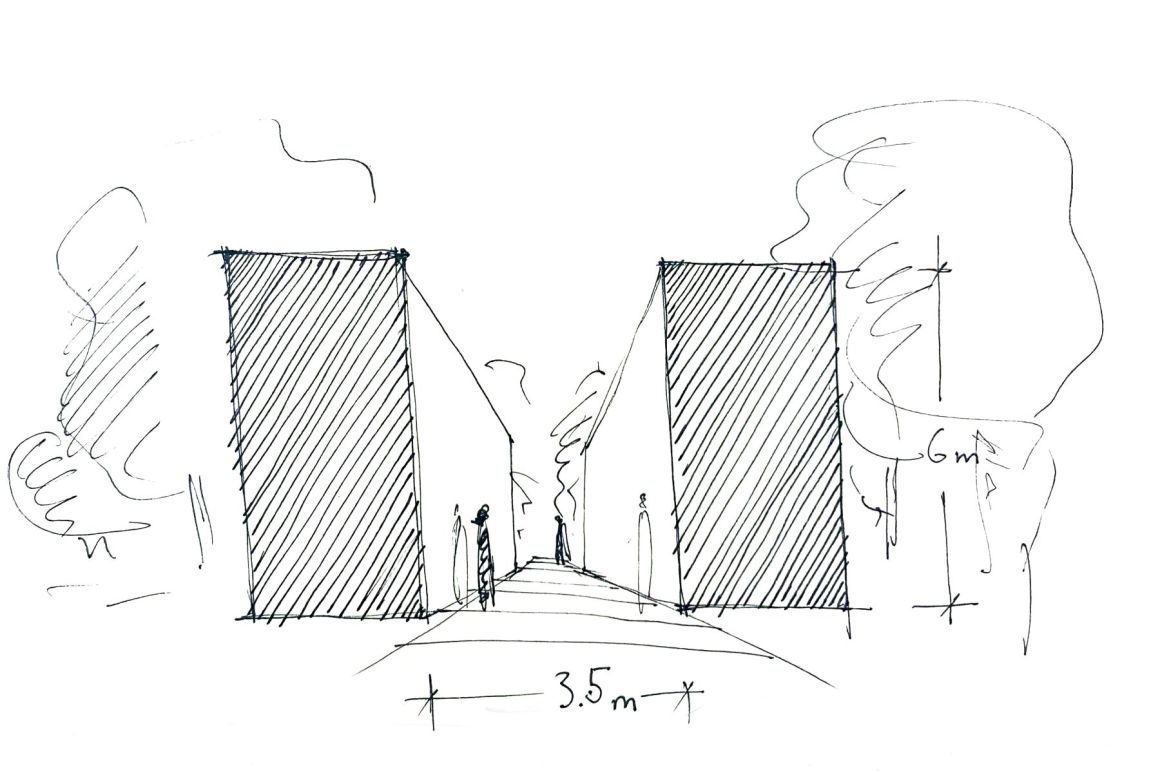
项目名称:Malevich
项目地点:俄罗斯,莫斯科
完成时间:2020年
雕塑面积:200m2
艺术家:格雷戈里·奥列霍夫
摄影师:Ivan Muraenko
Project name: Malevich
Completion Year: 2020
Size: 200sq.m
Project location: Russia, Moscow region, Odintsovo
Artist: Gregory Orekhov
Photo credits: Ivan Muraenko
更多 Read more about: Gregory Orekhov


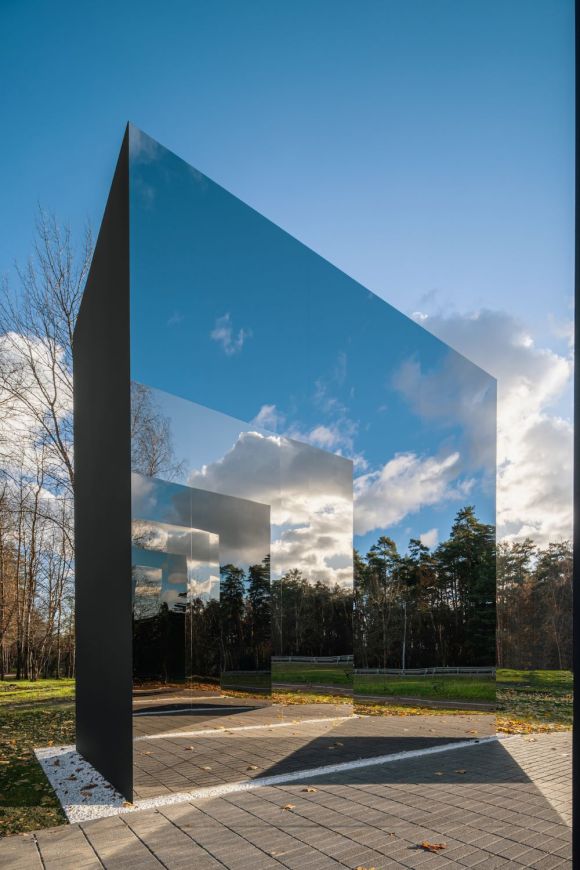

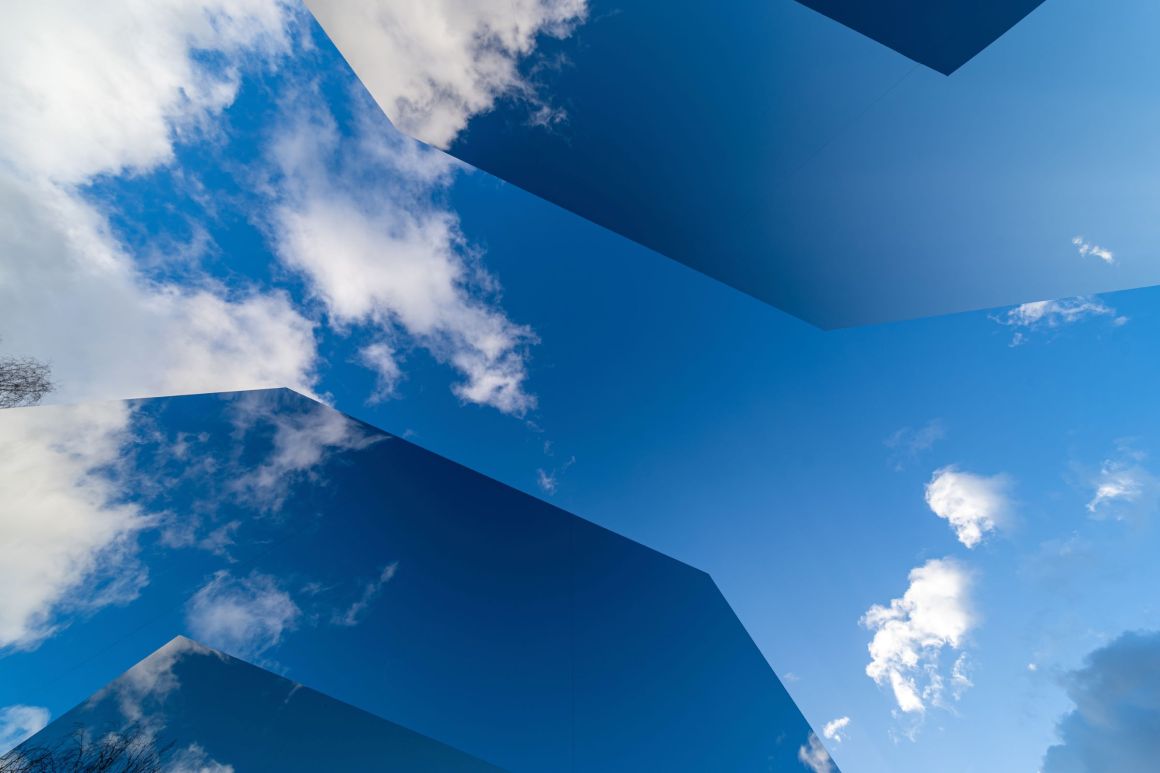
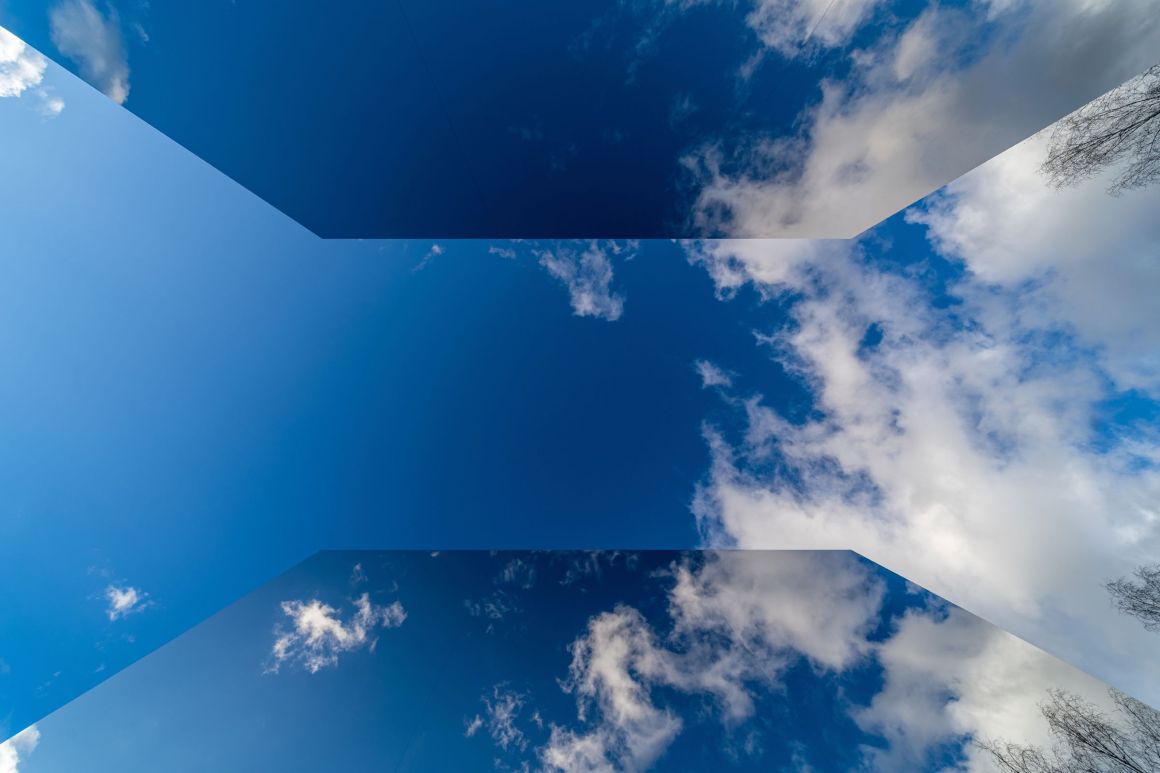
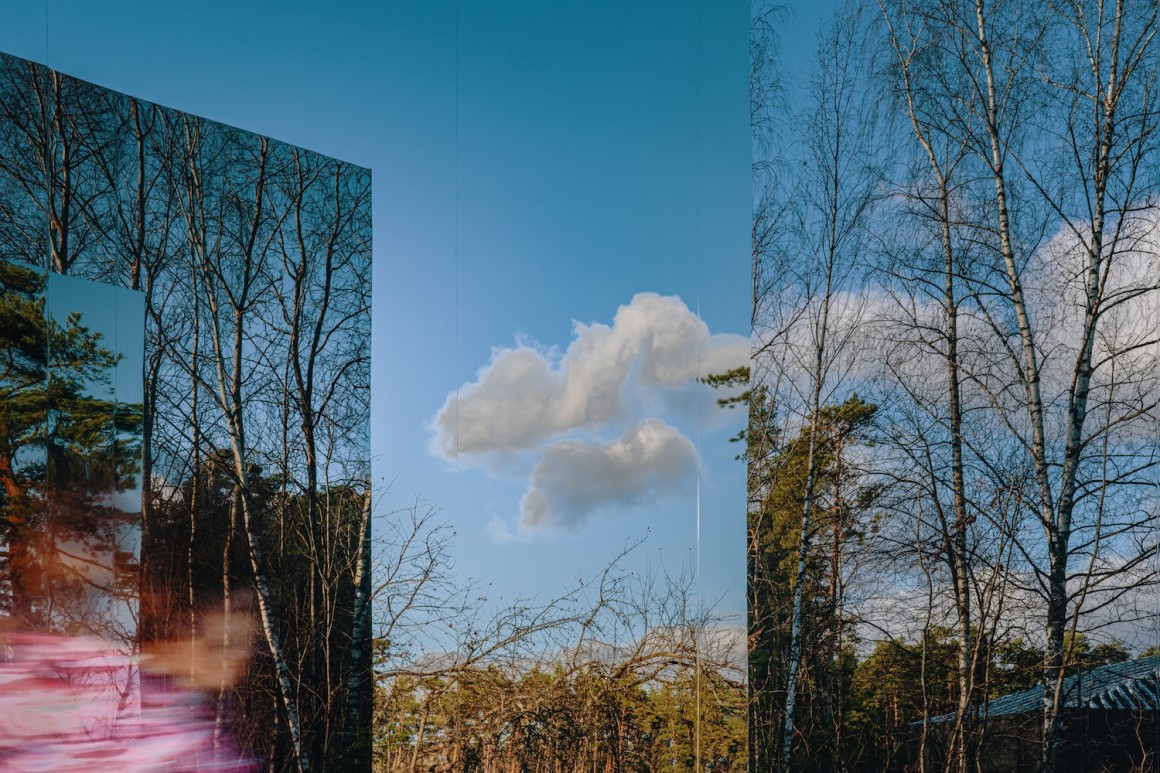

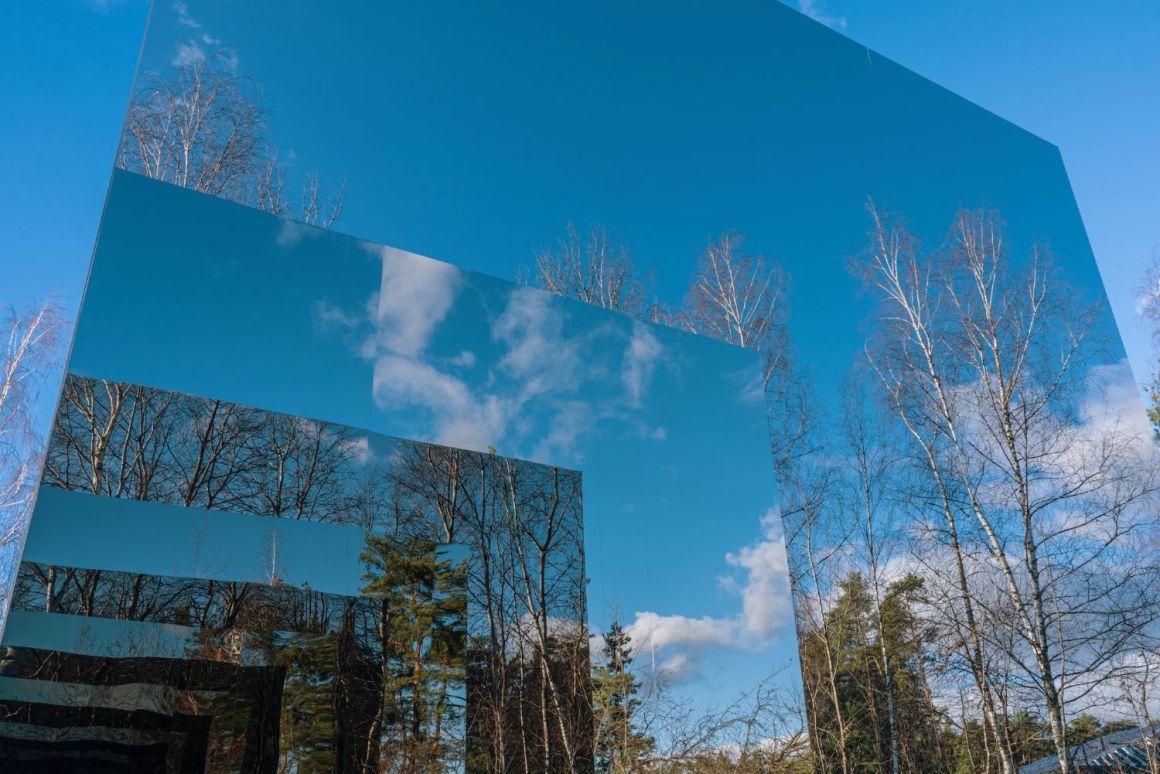


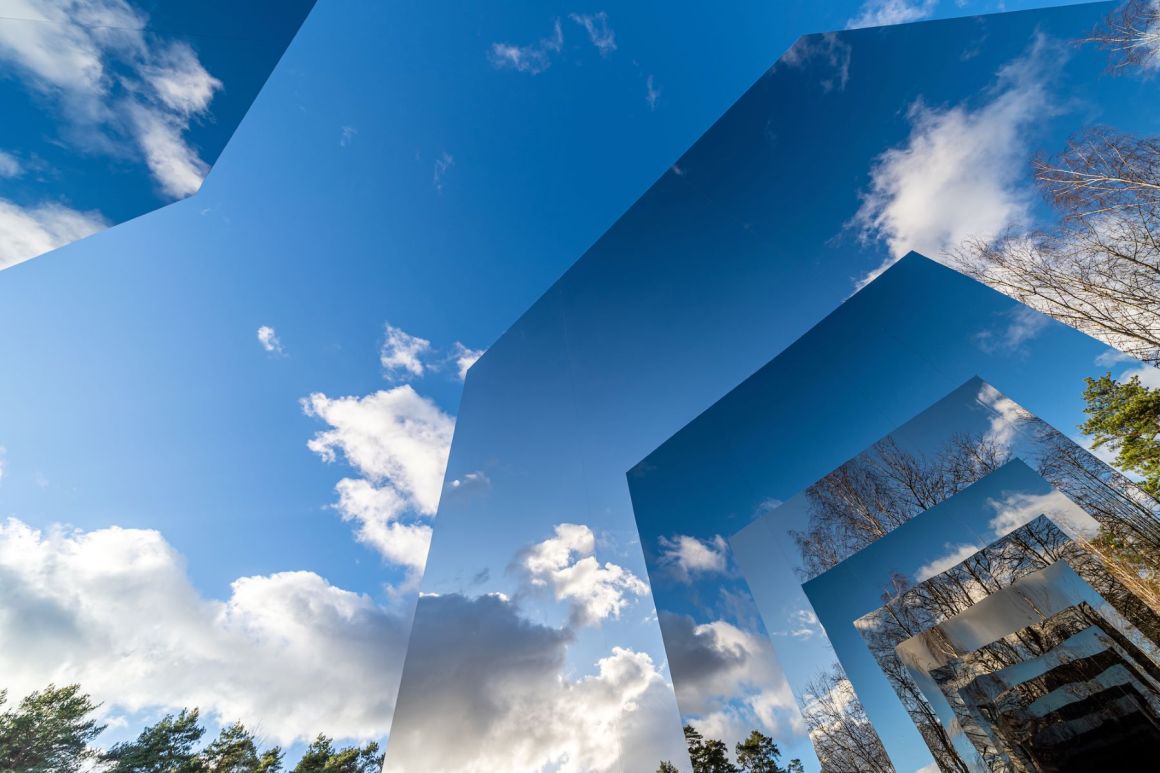
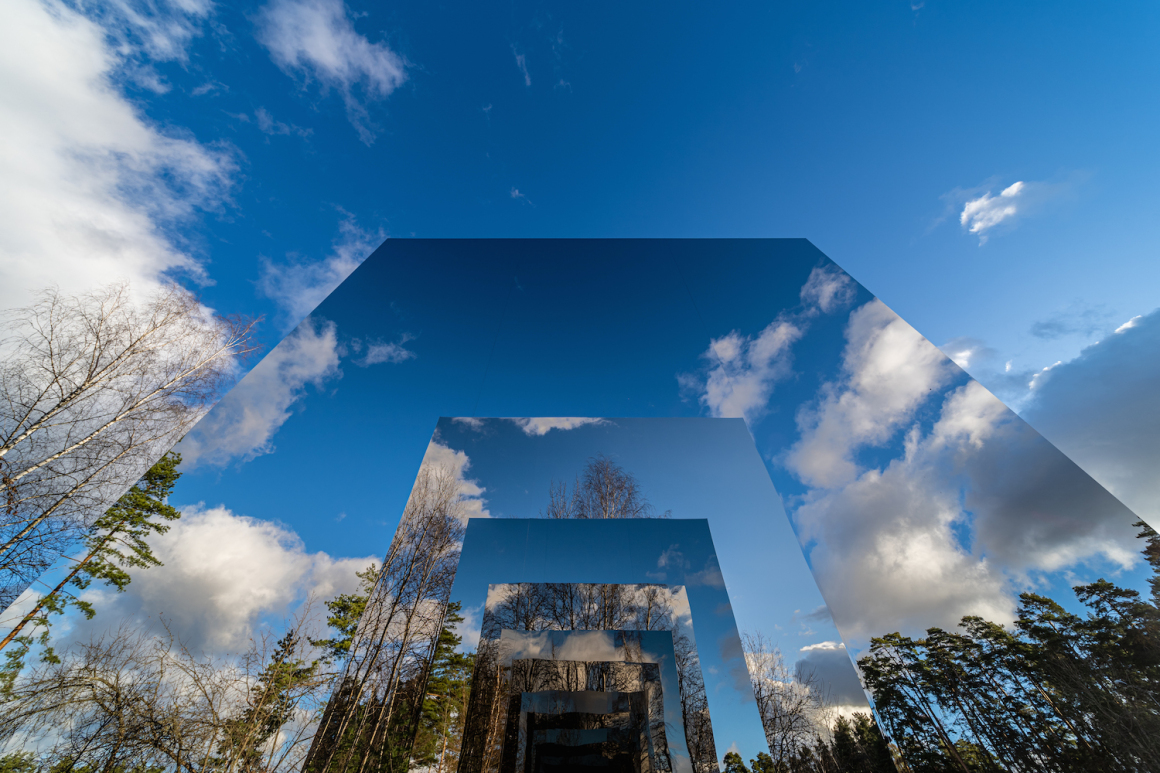


?
挺好的装置